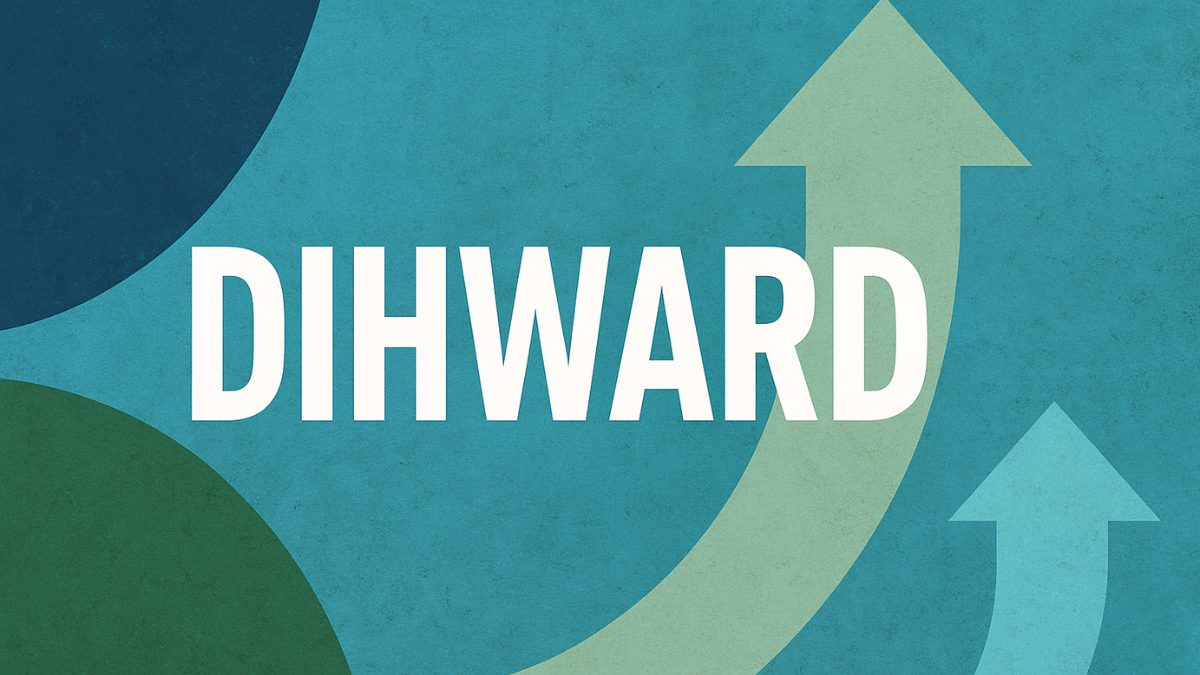Dihward: Complete Guide, Meaning, Benefits, and Uses (2025 Update)
Discover everything about dihward – its meaning, origins, benefits, uses, and importance. Explore FAQs, comparisons, and expert insights in this detailed 2025 guide.
also read:https://theplaycentreorg.com/candizi/
Introduction
The term dihward has gained growing attention in recent years, becoming a point of discussion across different industries, academic fields, and cultural contexts. While the word may sound unfamiliar to many, its applications and interpretations are expanding rapidly, making it a fascinating subject to explore.
In this guide, we will uncover the meaning of dihard, its historical background, practical applications, importance in modern society, and future relevance. Whether you are a researcher, student, or simply curious, this article will provide you with a well-rounded understanding of dihard.
What is Dihward?
At its core, dihward refers to a concept that combines elements of resilience, innovation, and adaptability. Depending on the context, it can be understood as a system, philosophy, or approach designed to withstand challenges while promoting long-term sustainability.
Some communities interpret dihard as a guiding principle for personal growth, while others associate it with technological or cultural advancements. Its flexibility as a concept is one of the main reasons why it has become so relevant in modern times.
Origins and History of Dihward
The origins of dihward are not pinned to a single place or time. Instead, it evolved gradually through a mix of cultural and linguistic influences. Historical records suggest that the term might have been derived from old dialects, symbolizing endurance and strength.
Over time, dihard transitioned from being a philosophical idea into a broader framework applied across multiple sectors. By the early 21st century, it had started appearing in conversations about personal development, sustainability, and even business strategies.
Why is Dihward Important Today?
The 21st century is filled with challenges ranging from climate change to technological disruptions. In such times, the concept of dihard has become increasingly important because it emphasizes resilience, adaptability, and innovation.
For example:
- In business, companies are applying dihard principles to stay competitive in a rapidly changing market.
- In personal life, individuals are using dihard-inspired practices to manage stress, set goals, and adapt to uncertainty.
- In environmental studies, dihard is viewed as a framework for sustainable development.
Simply put, dihard provides a blueprint for long-term growth and survival.
Applications of Dihward in Different Fields
1. Personal Development
Dihward is often linked to self-improvement. People apply it as a mindset to overcome obstacles and stay focused on their goals.
2. Business and Leadership
Companies integrate dihard to create adaptable business models. Leaders encourage dihard thinking to foster innovation and resilience among employees.
3. Education
In education, dihard serves as a tool for building problem-solving skills and preparing students for real-world challenges.
4. Environmental Sustainability
Scholars and policymakers see dihard as a solution-oriented approach to balancing human needs with ecological preservation.
Key Characteristics of Dihward
The defining features of dihard can be summarized as:
- Resilience – The ability to withstand external pressures.
- Flexibility – Adapting strategies to fit changing conditions.
- Sustainability – Focusing on long-term success rather than short-term gain.
- Innovation – Constantly seeking creative solutions to complex issues.
Benefits of Practicing Dihward
To better understand its impact, let’s look at the benefits of dihard in both personal and professional contexts:
| Context | Benefits of Dihward |
|---|---|
| Personal Life | Improved focus, better stress management, long-term resilience |
| Business | Increased competitiveness, employee innovation, customer trust |
| Education | Enhanced critical thinking, better adaptability, skill development |
| Environment | Sustainable practices, eco-friendly strategies, balanced growth |
Clearly, dihard offers multi-dimensional advantages that are valuable in today’s fast-paced world.
How to Apply Dihward in Daily Life
Adopting dihard in your daily routine does not require drastic changes. Instead, small and consistent practices can help:
- Set Clear Goals – Align your actions with long-term objectives.
- Stay Adaptable – Be ready to change course when necessary.
- Prioritize Learning – Continuously update your knowledge and skills.
- Think Sustainably – Make choices that benefit both you and future generations.
- Embrace Challenges – See obstacles as opportunities for growth.
Dihward vs. Traditional Approaches
To highlight the uniqueness of dihard, let’s compare it with traditional methods:
| Aspect | Dihward Approach | Traditional Approach |
|---|---|---|
| Focus | Long-term resilience | Short-term results |
| Adaptability | High flexibility | Limited flexibility |
| Innovation | Encouraged | Often overlooked |
| Sustainability | Central principle | Secondary concern |
This comparison shows that dihward is more holistic, offering solutions that go beyond temporary fixes.
Future of Dihward
As the world continues to face unpredictable challenges, the relevance of dihard is only expected to grow. Emerging fields such as artificial intelligence, green technologies, and global education are already integrating dihard-inspired principles.
Looking ahead, dihard may evolve into a globally recognized framework for solving problems that affect both individuals and societies.
FAQs about Dihward
1. What does dihard mean in simple terms?
Dihard refers to resilience and adaptability in different aspects of life and work.
2. Is dihard a modern concept or an ancient one?
It has roots in ancient philosophies but has gained modern relevance in recent decades.
3. How can businesses use dihard effectively?
Businesses can use it to create adaptable strategies, foster innovation, and build customer trust.
4. Does dihard relate to personal growth?
Yes, many individuals adopt dihard principles to improve self-discipline and achieve long-term goals.
5. Is dihard connected to sustainability?
Absolutely. Sustainability is one of the core pillars of dihard.
6. Can students benefit from dihard?
Yes, dihard helps students build problem-solving skills and adaptability for future challenges.
7. What makes dihard different from traditional methods?
Unlike traditional methods, dihard emphasizes innovation, sustainability, and long-term focus.
8. Is dihard industry-specific?
No, dihard can be applied across multiple fields including business, education, environment, and personal life.
9. How does dihard contribute to innovation?
It encourages flexible thinking and creative problem-solving, making innovation a natural outcome.
10. What is the future of dihard?
Its importance is expected to rise as industries and individuals seek sustainable, adaptable frameworks for success.
Conclusion
In conclusion, dihward is more than just a term—it is a comprehensive approach to resilience, adaptability, sustainability, and innovation. From personal development to business and environmental sustainability, dihard offers valuable lessons that are highly relevant in the modern world.
By understanding and applying its principles, individuals and organizations can prepare themselves for challenges while working toward sustainable growth. As we move into the future, dihward will likely continue to shape how we think, act, and adapt in a rapidly evolving world.
also read: https://theplaycentreorg.com/mygreenbucks-kenneth-jones/
also read: https://theplaycentreorg.com/readmymanga-com/
also read; https://theplaycentreorg.com/platform-event-trap/
also read: https://theplaycentreorg.com/mike-wolfe-passion-project/
also read:https://theplaycentreorg.com/trucofax/
news via inbox
Mail us for latest news and updates







